Goodbye Breakouts: 13 Tips to Get Rid of Pimples Fast



Hannah Cassidy

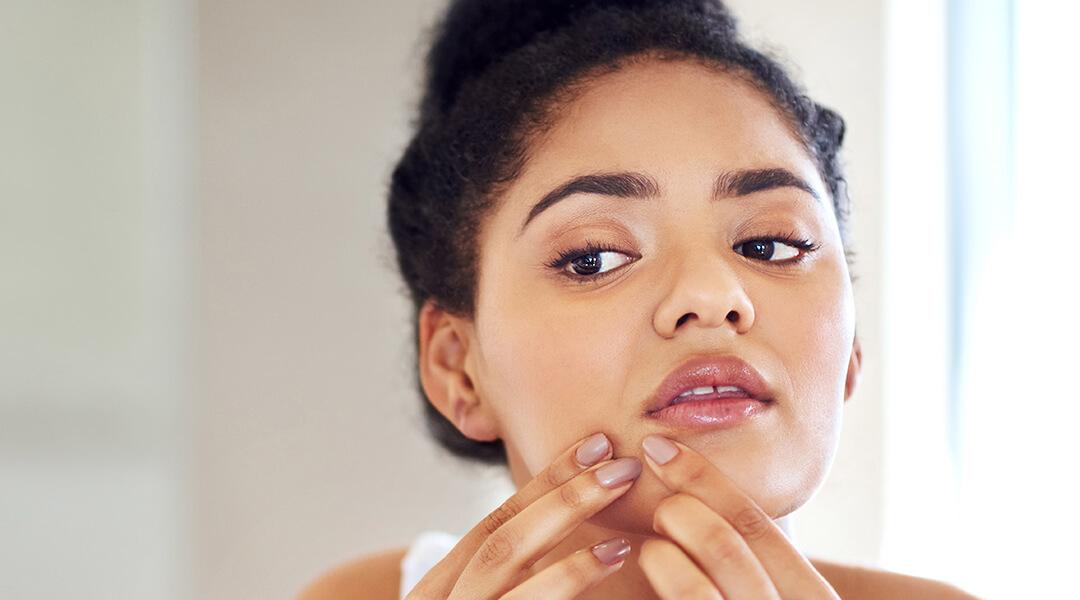
Pimples. They’re an annoying, inescapable part of life—along with mosquitos, traffic, and realizing you’ve had lipstick on your teeth for half the day. They pop up without warning and before we know it, our hands are out and in attack mode—ready to pop with dirty fingers (eek!) or Googling every shady zit-banishing hack on the internet. But these sketchy skincare tactics also bring risks: a slower healing process, the spread of infection, and unsightly scarring. But if you’re here, you already know that it’s best to leave the acne treatments to the pros. You go, Glenn Coco! Let’s get you to clear skin ASAP.
Now before we get into the zitty-gritty, it’s important to reframe your healing timeline. As much as we wish we could tell you it’s possible to go from raging undergrounder to nonexistent in no time, you’re going to want to brace for a reality check: The body’s natural process ranges from a few days to a few weeks. We know, we know—who on earth has that kind of time when a volcano is taking up precious real estate on your chin!? With the help of triple board-certified dermatologist, Mamina Turegano, MD, we’re going to whip out every derm-approved trick in the book to help you prevent and get rid of pimples fast. In fact, you might want to bookmark this page for the next time your brain goes into pimple panic mode.


It's about glam time you treated yourself.
MEET THE EXPERT
Mamina Turegano is a triple-board certified dermatologist, internist, and dermatopathologist based in New Orleans—with a special interest in evaluating how nutrition, lifestyle, sleep, and other environmental factors can play a significant role in inflammation, aging, and cancer.
1. Get to know the enemy.
The first step in winning the fight against a breakout is understanding your opponent—aka the type of acne present—and carefully plotting out your defense strategy. “An acne bump is a combination of trapped oil, trapped dead skin cells, and bacteria, which causes local inflammation. So treatment involves addressing each of these aspects,” says Dr. Turegano. Most types of active pimples can be treated in similar ways—primarily blackheads, whiteheads, and nasty pustules.
2. Ice the area.
Just like you’d apply an ice pack on a bad sprain, ice will help to calm an angry pimple. “Ice decreases inflammation—especially if the lesion is swollen or painful,” says Dr. Turegano. Use a clean cloth or paper towel to wrap an ice cube and hold over the area for 60 seconds, let it rest for five minutes, then repeat for another 60 seconds. This is especially soothing for the deeper cystic acne.
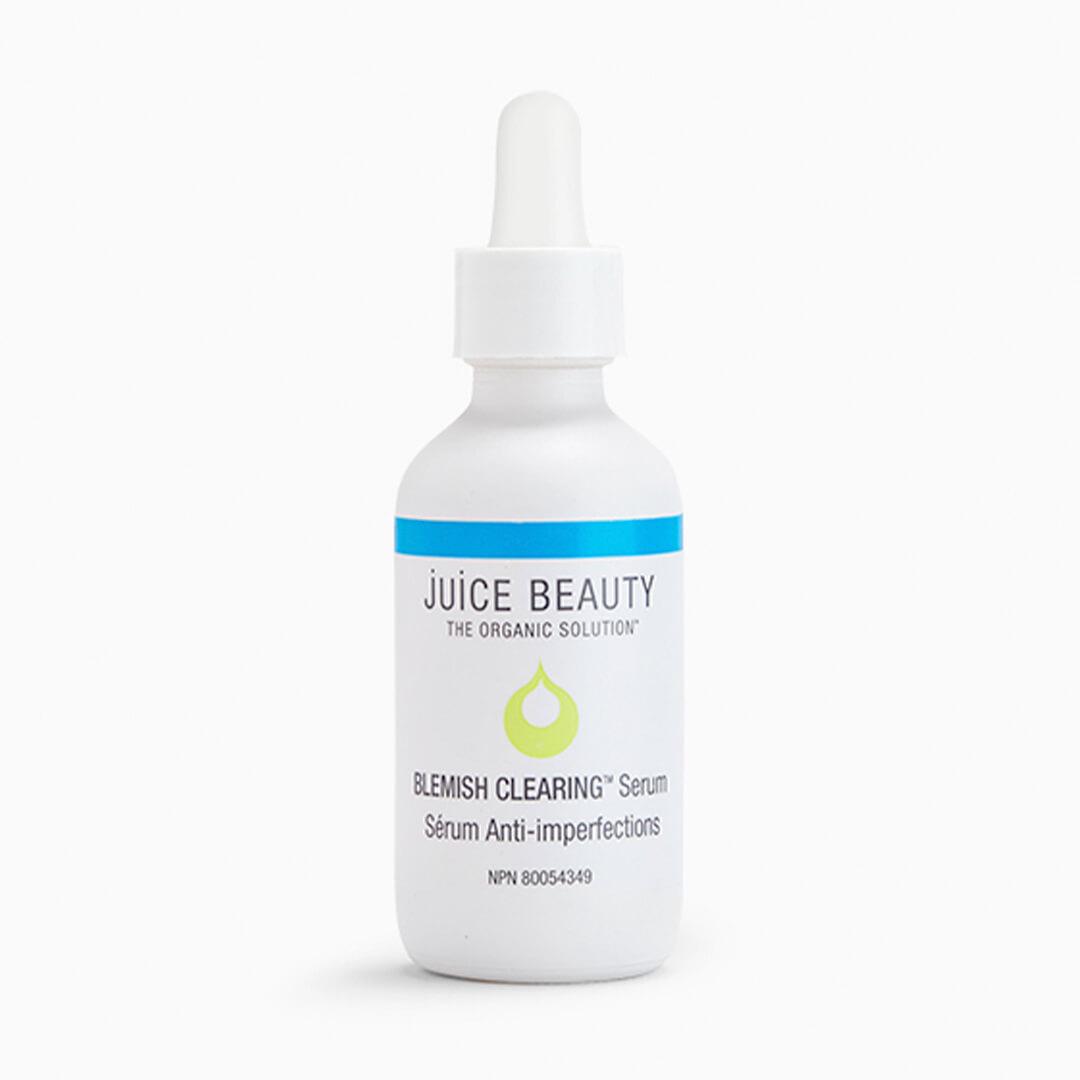

3. Spot treat with salicylic acid or benzoyl peroxide.
Now that your zit is less of a behemoth, it’s time to go in with the heavy hitters. Dr. Turegano recommends active ingredients like salicylic acid or benzoyl peroxide. They work their magic by loosening up dead skin on the surface and along the pore’s lining, opening up a pathway to dissolve the excess oil trapped inside. To get in on the good stuff, look for skincare products containing salicylic (we’re fans of JUICE BEAUTY Blemish Clearing Serum)—apply as an acne spot treatment on the affected area or all over to keep future breakouts at bay.
Since these anti-inflammatory ingredients are so potent, they can also have an adverse effect if not used in moderation. “Don’t overdo it with topical medicines because you can irritate your skin. And don’t forget to continue moisturizing and using sunscreen,” Dr. Turegano reminds us.
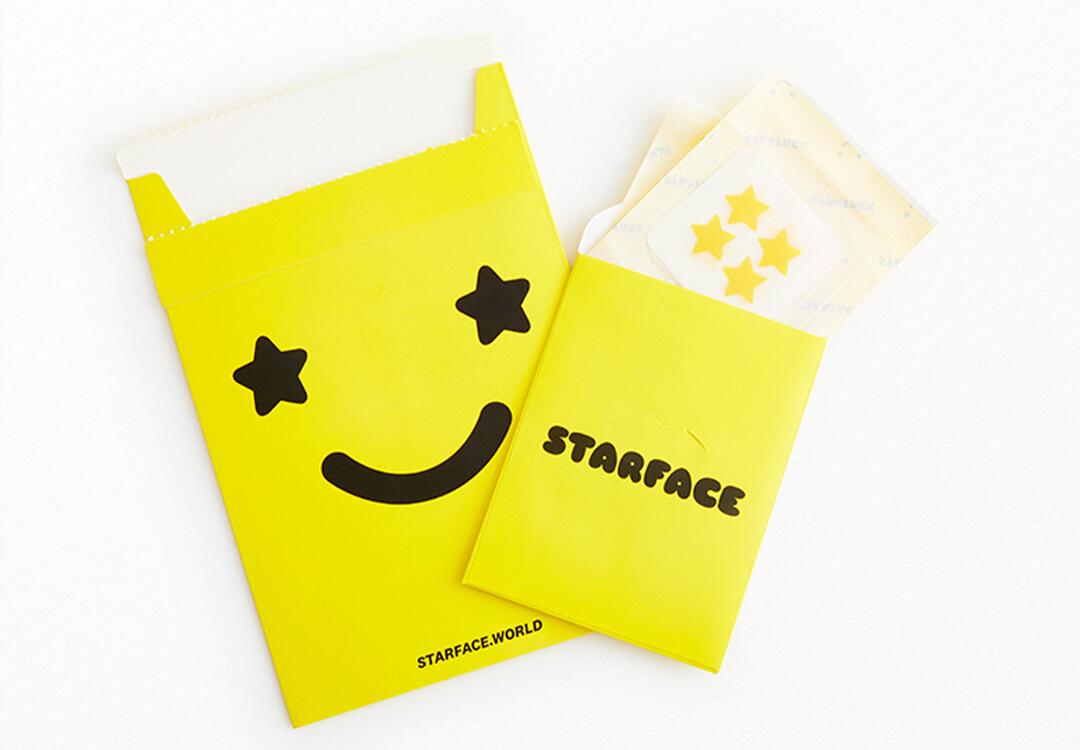

4. Or try hydrocolloid patches.
Zit stickers, essentially tiny hydrocolloid bandages (the kind used for blisters), create a moisture barrier that absorbs all the gross bacteria and debris without stressing out the skin. “I find the hydrocolloid acne patches or stickers to be awesome without causing skin surface irritation,” says Dr. Turegano. These star-shaped Hydro-Stars from STARFACE are so cute you’ll want to wear them in public with pride. Plus, they’re a miracle for keeping your paws off.
5. Keep your hands away.
Hands = bacteria. As tempting as may be, habitual touching is like a 2 a.m. text—it never leads to anything good. For the proverbial mic drop, Dr. Turegano lays down the facts. “Local trauma triggers more inflammation. Inflammation can cause the lesion to swell, become discolored, and/or develop thickened or depressed scar tissue. This leaves you with a worse looking lesion that will take a longer time to heal.” Ouch!
That being said, sometimes the temptation is just too strong. So if you’re going to do it, here’s how to do it safely.
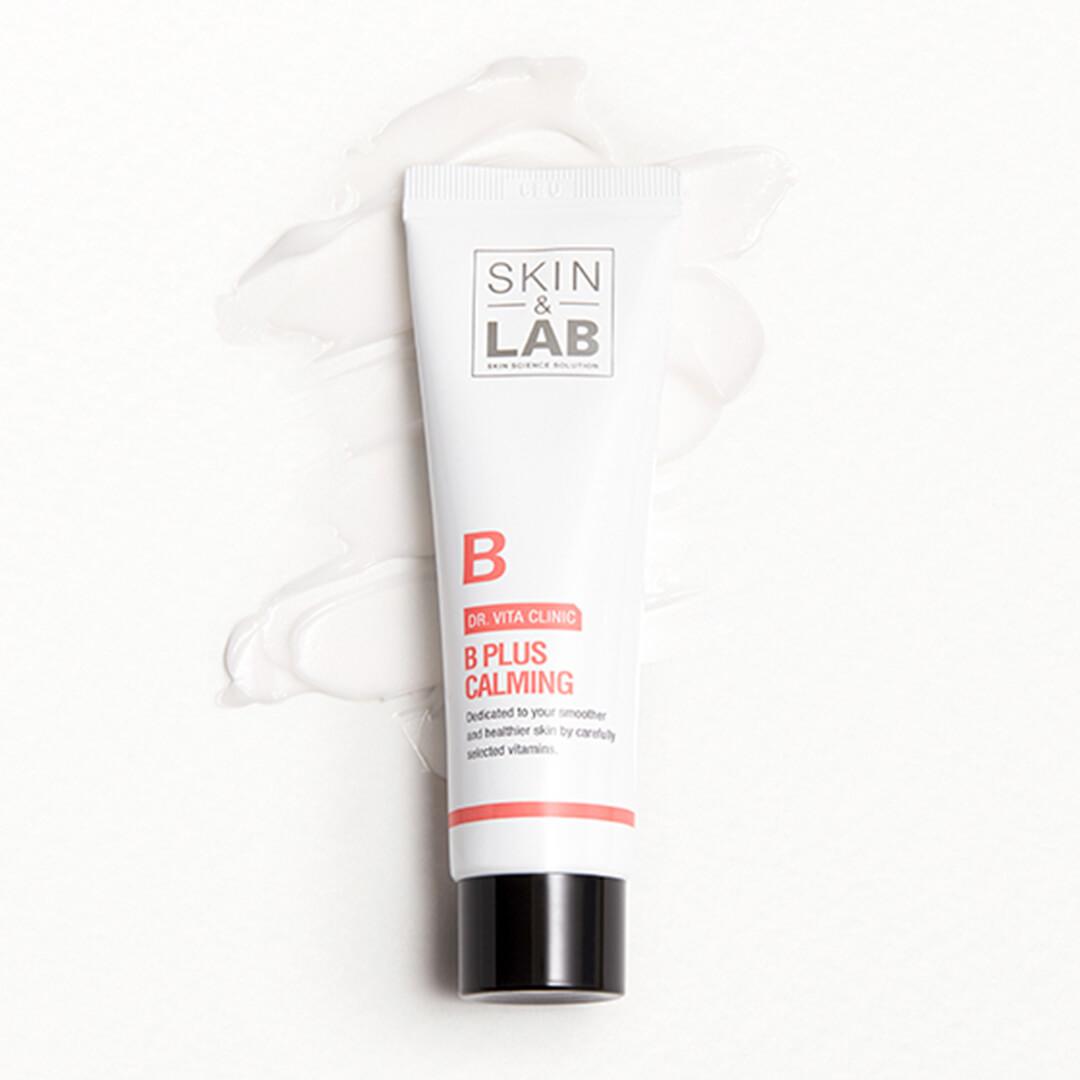

6. Soothe any inflammation/irritation.
Dry skin is a common byproduct of acne treatments, so keeping your skin hydrated while you heal is essential. A moisturizer like SKIN & LAB B Plus Calming Cream will seal in your active serum and protect the area from further irritation. This K-beauty formula is packed with nourishing oils (like anti-inflammatory tea tree oil) and a healing vitamin B complex.
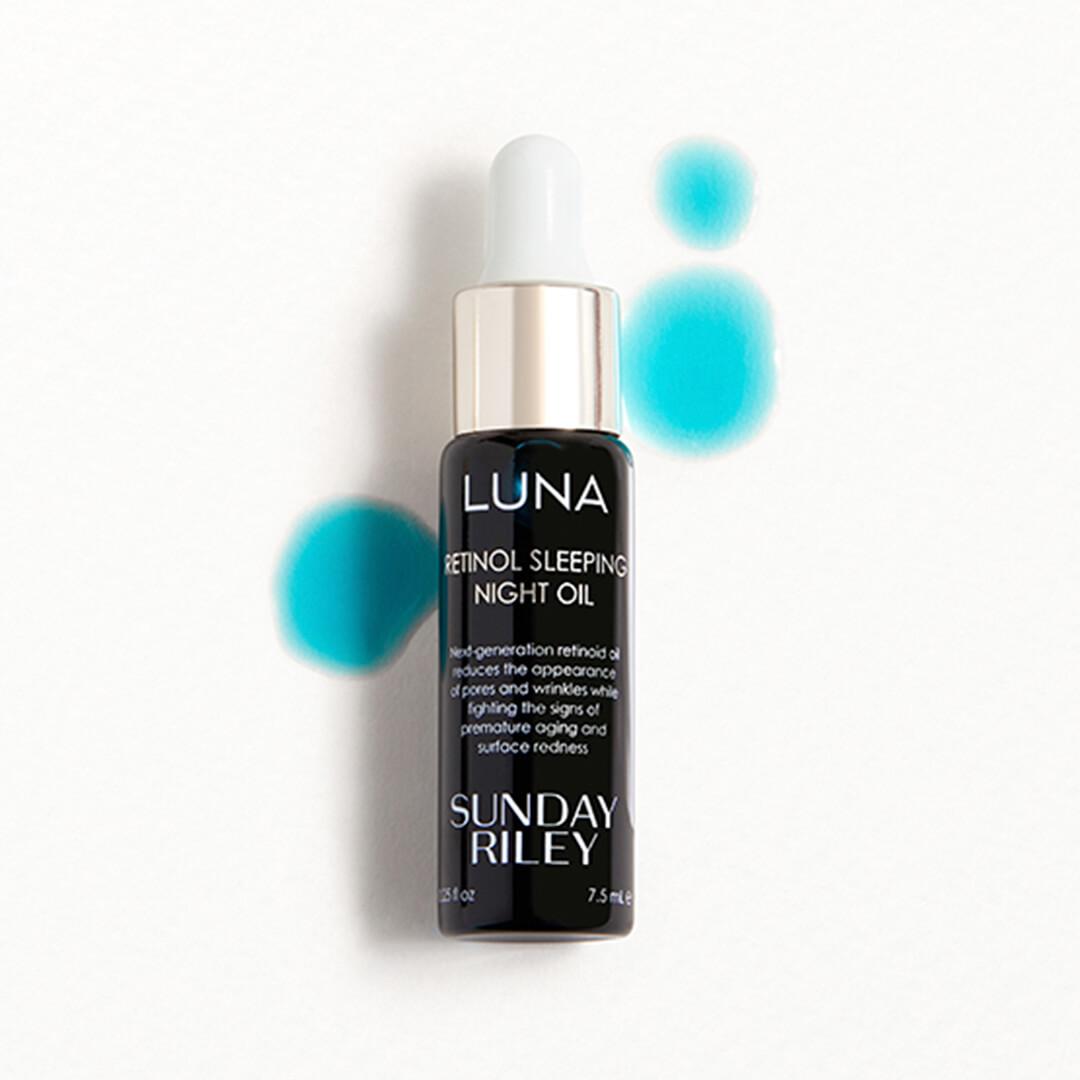

7. Fade acne scars while you sleep.
“Once the inflammation is down, I recommend a retinoid in the evening to prevent further breakouts and improve current scars,” advises Dr. Turegano. Retinol (a type of over-the-counter retinoid) is both a preventative measure and post-inflammatory treatment. When applied to the skin, it cues your system to increase cell turnover—which gets rid of acne-causing dead skin buildup and helps lessen scarring and hyperpigmentation. Because retinol can make your skin sensitive to sunlight, it’s best applied at night—so you can basically sleep your way to brighter, clearer skin. The Ipster (and editor) must-have, SUNDAY RILEY Luna Sleeping Night Oil, is our holy grail for acne and fine lines.
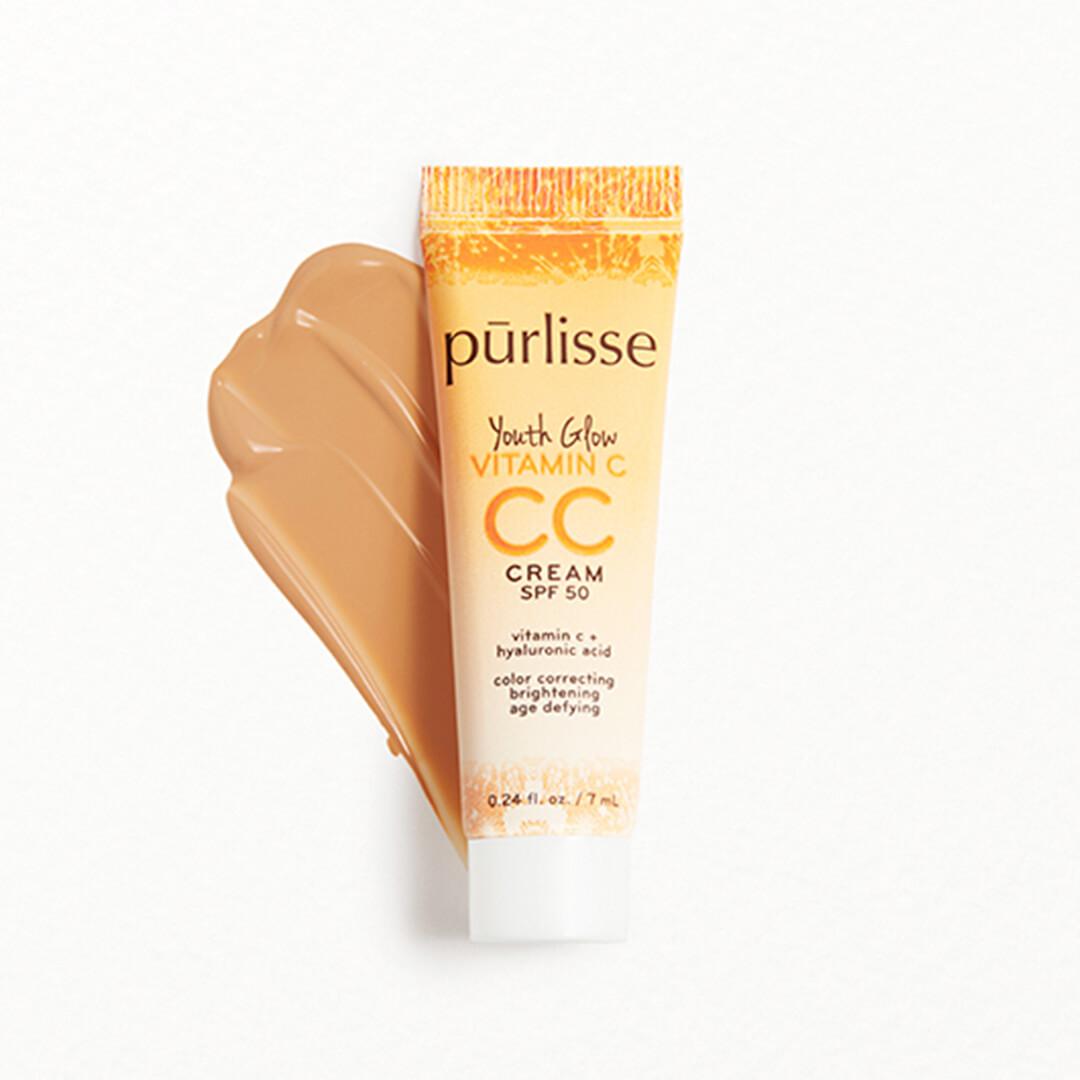

8. Protect with SPF.
Every derm will agree, sunscreen is an absolute must all year round. Aside from the obvious risk of skin cancer, harmful UV rays can wreak havoc on the acne healing process. Don’t worry, SPF has come a long way from the greasy, pore-clogging formulas forced upon you as a kid. These days, sunscreens are formulated specifically for the face and all skin types (including acne-prone!) and daily use will minimize irritation and scarring. Just remember to opt for a minimum of SPF 30 and reapply every two hours—your skin will thank you.
For extra coverage (because pimples like to take center stage), we love a tinted moisturizer like PURLISSE BEAUTY Youth Glow Vitamin C CC Cream SPF50.
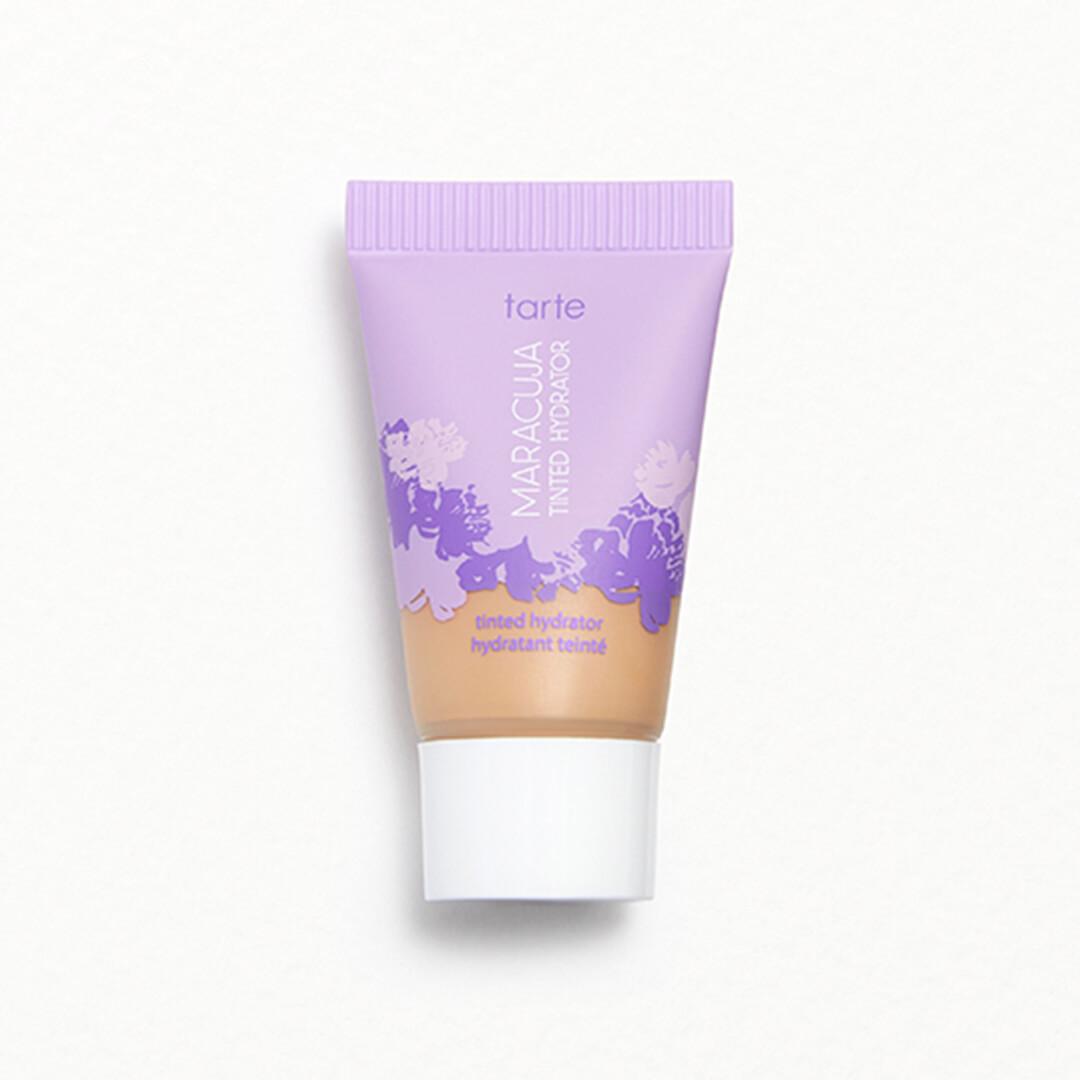

9. Use dermatologist-tested makeup.
Blemishes somehow manage to arrive at the most inconvenient times (like right before an important Zoom call) and we have no choice but to grab the concealer and attempt our best camouflage. And of course, different types of acne require different makeup techniques—more on that here.
As a general rule of thumb, you’ll want to choose makeup that’s been tested by dermatologists and steer clear of ingredients that are known to clog pores. “Look for one that specifically says non-comedogenic on the label,” says Dr. Turegano. Another IPSY fave is TARTE Maracuja Tinted Hydrator—which is free of mineral oils, lanolin, and fragrances.
10. Or take a trip to the derm.
For the gnarlier, cystic types of acne, a visit to your local dermatology office might be in order. “If you have access to a dermatologist, I recommend getting a local cortisone injection,” Dr. Turegano offers—adding that this is a solid option if you have a big event coming up. It’s the fastest way to address those throbbing zits and can take the healing time from weeks down to 48 hours.
If you’re the right candidate, your dermatologist can also prescribe topical and oral medications (like clindamycin and spironolactone) to help avoid future breakouts.
11. Maintain mask hygiene.
The latest word to enter our skincare lexicon is the notorious “maskne”—which is acne caused by wearing a protective face mask. The humidity of a face covering combines with dirt and sweat to create an environment that’s like a buffet for acne. Luckily, there are easy ways to avoid it. Stick with cotton masks (if you’re going reusable) and wash them daily to keep bacteria from building up. Then, cleanse. “Wash your face right before and after wearing your mask for prolonged periods. I recommend a gentle salicylic acid wash or glycolic acid cleanser,” says Dr. Turegano. Since makeup can make matters worse, skip it on the lower half of your face and use this as an opportunity to rock some epic eye looks.
12. Reduce stress levels.
When stress sets in, cortisone and hormone levels spike—increasing oil production that can lead to breakouts. Though it's easier said than done, it’s vital to find ways to decompress for your skin and your sanity. Mediation, cardio, at-home facials, or even a creative makeup sesh that’s just for fun—whatever method helps you wind down is essential self-care.
13. DIY it—safely.
If you don’t have access to acne-fighting ingredients and skincare formulas, and the internet is full of home remedies that can potentially do more harm than good. Thankfully, there are also plenty of derm-approved DIY options. For an alternative to salicylic acid, Dr. Turegano recommends crushing an aspirin pill (which contains salicylic acid) and making a paste out of it. Apply this directly to the pimple to help remove oil and dead skin.
Love green tea with a little honey? Both of these ingredients are great for soothing inflammation. Steep green tea in boiling water and once it has cooled, soak a cotton ball and gently press it over the affected area. Separately, honey is packed with antibacterial properties, making it amazing for wound healing—especially ones that have been picked at. “I recommend medical grade honey (over the run-of-the-mill honey), like Manuka or medical-grade honey, since these are more reliably free of contaminants like bacterial spores,” says Dr. Turegano.
Want in on all the IPSY Glam Bag fun? Take our Beauty Quiz now to get started. Already an Ipster? Refer your friends to earn points, which you can use toward products. Either way, don’t forget to check us out on Instagram and Twitter @IPSY.
Liked this post? Share!
Related Stories


Skin
How to Adjust Your Skincare Routine for Mature Skin in the Winter
Published on Dec 4, 2025 • 7 min read


Skin
Meet the Best Moisturizers for Winter, According to Dermatologists
Published on Dec 1, 2025 • 9 min read


Skin
What Is Inflammaging—and Why Everyone’s Talking About It
Published on Dec 1, 2025 • 8 min read


Skin
6 Skincare Trends to Have on Your Radar in 2026, According to Experts
Published on Dec 1, 2025 • 7 min read


Skin
We Grabbed Our Crystal Ball and Found These 6 Skincare Predictions for 2025
Published on Dec 10, 2024 • 7 min read


Skin
Simple Self-Care Tips That Actually Make a Difference
Published on Nov 13, 2025 • 12 min read


Skin
These 9 Face Scrubs Will Unlock Soft and Smooth Skin on Contact
Published on Nov 5, 2025 • 10 min read


Skin
10 Thanksgiving Foods That Will Have Your Skin Coming Back for Seconds
Published on Oct 15, 2025 • 7 min read


Beauty Picked Just for You
Get 5 products worth up to $70
Plus exclusive access to epic deals up to 80% off
Starting at just $14/month. Cancel anytime.